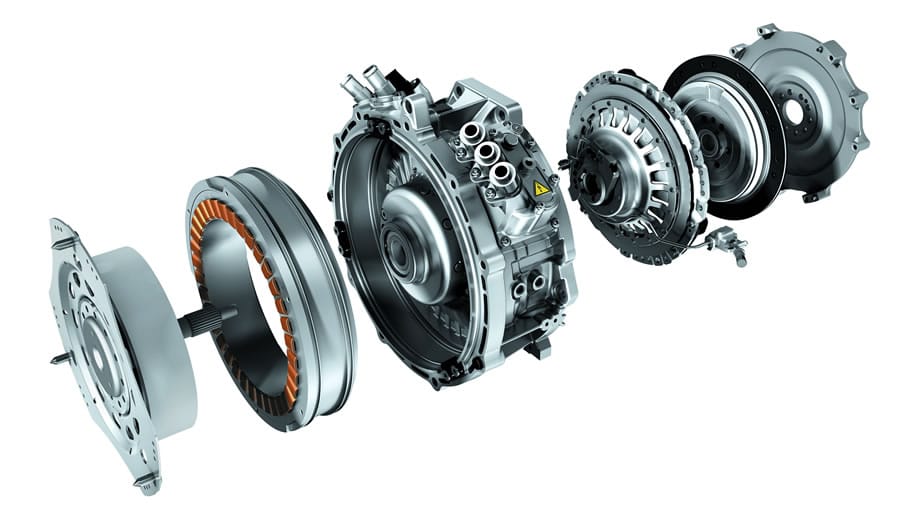
Simple Electric Motor Essay
Electric motor is an electric machine (electromechanical transducer), in which electrical energy is converted into mechanical energy, producing heat as the side-effect (Hughes 45). Universal collector motors are used in industrial and household electrical equipment (electric tools, fans, refrigerators, juicers, meat grinders, vacuum cleaners, etc.). They are designed to work both from DC (110 and 220) and AC 50 Hz (127 and 220). These engines have great torque and rather small size. Currently electric motors can be used separately (traction motors – in trams, trolley buses, electric cars, electric vehicles, etc.), and together with internal combustion engines (hybrid propulsion systems).
Discussing an operating principle of motor it is important to mention that the basis of any electrical machine is based on the principle of electromagnetic induction. Electric machine consists of a stator (stationary part) and rotor (moving part), electric current (or permanent magnets) which produce fixed and/or rotating magnetic fields (Kraftmakher 865).
Stator is the fixed part of the electric motor and is often placed outside. Depending on the type of engine, it can generate a fixed magnetic field and consist of permanent magnets and/or electromagnets, or to generate a rotating magnetic field. Rotor is the moving part of the electric motor that is usually located inside the stator (Vandome 78). The rotor may consist of permanent magnets; windings on the core; short-circuited winding, in which currents occur under the influence of rotating of stator magnetic field.
The interaction of stator magnetic fields and rotor creates a torque, propelling the rotor of the motor. That is how the transformation of electrical energy, supplied to the motor windings, the mechanical (kinetic) energy of rotation, happen. The received mechanical energy can be used in motion of mechanisms.

